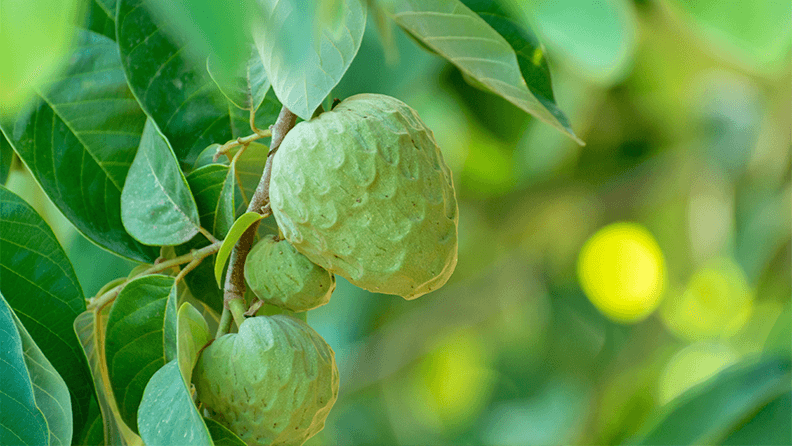Stone pine
- Scarlet Allen
- Jun 30, 2023
- 3 min read
Pinus pinea

Habitats: Mediterranean coastlines and forests
Main bloom time: may
Harvest time:
Growth: 15-25 meters
Edible parts: seeds and young needles
Other uses: wood
Plants present at Son Selva: 3
The smell of pine trees and the soft rustling of their needles are for me the epitome of the Mediterranean forest. In fact, however, 70 percent of Mallorca's forests are made up of Aleppo pines, which are often mistakenly referred to as pines. Unlike the true pine tree, i.e. Pinus pinea, the Aleppo pine (Pinus halepensis) does not produce the pine nuts that are available in our supermarkets. However, their seeds are also edible.
Both pine species suffer under the influence of the processionary catterpillar. A pest, that is very present on our property. Every winter we will remove their nests before the caterpillars can hatch.
The nest of the pine processionary caterpillar.
In this video I explain how to differ pinus pinea from pinus halepensis:
The stone pine belongs to the genus of pines (Pinus). It is native to the Mediterranean region and is found mainly in countries such as Spain, Italy, Greece and Turkey.
The pine is a warmth-loving light tree species and is considered very drought resistant. It tolerates summer droughts of 2 to 6 months and temperatures above 30 °C. It also makes only low demands on soil quality, and tolerates calcareous substrates and pure lime soils. The pH value should be between 4 and 9.
The pine tree is an evergreen tree that can reach an impressive size. It can reach a height of 15 to 25 meters and a trunk diameter of 1 to 1.5 meters. The tree is characterized by a broad, spreading crown covered with dense, dark green needles.

The needles of the pine tree grow in pairs and are relatively long, soft and flexible. They are bright green in color and remain attached to the branches for several years before falling off. The needles give the tree a dense and attractive appearance.

Pine forests are susceptible to wildfire, especially in dry and hot climates. Intense or frequent fires can cause significant damage to stands. As a result, they are also threatened by climate change, which is causing an increase in wildfires.
Uses:
Pinus pinea has been cultivated extensively for at least 6,000 years for its edible pine nuts. They develop in the tree's distinctive cones, often called pine cones. The cones have an elongated, cone shape and are initially green. When mature, they turn brown and open to reveal the pine nuts. The kernels are small, elongated seeds with a hard shell coating and an oily kernel. They have a sweet and nutty flavor.
Pine nuts are used in cooking for various purposes. They are an important ingredient in Mediterranean cuisine and are used in salads, sauces, pestos, baked goods, desserts and as toppings for dishes. They are also known for their high content of healthy fats, proteins, fiber, vitamins and minerals.
The wood of the tree is used in the construction of furniture, buildings and wooden structures. The resin of the tree is extracted and used in the varnish and paint industry. The tree's branches and twigs are sometimes used as bedding or to make pine bark mulch.
Medicinal use:
The turpentine obtained from the resin of all pine trees is antiseptic, diuretic, rubefacient and vermifuge. It is a valuable remedy used internally in the treatment of kidney and bladder complaints and is used both internally and as a rub and steam bath in the treatment of rheumatic affections. It is also very beneficial to the respiratory system and so is useful in treating diseases of the mucous membranes and respiratory complaints such as coughs, colds, influenza and TB. Externally it is a very beneficial treatment for a variety of skin complaints, wounds, sores, burns, boils etc and is used in the form of liniment plasters, poultices, herbal steam baths and inhalers.
Source: Plants for a Future












Comments